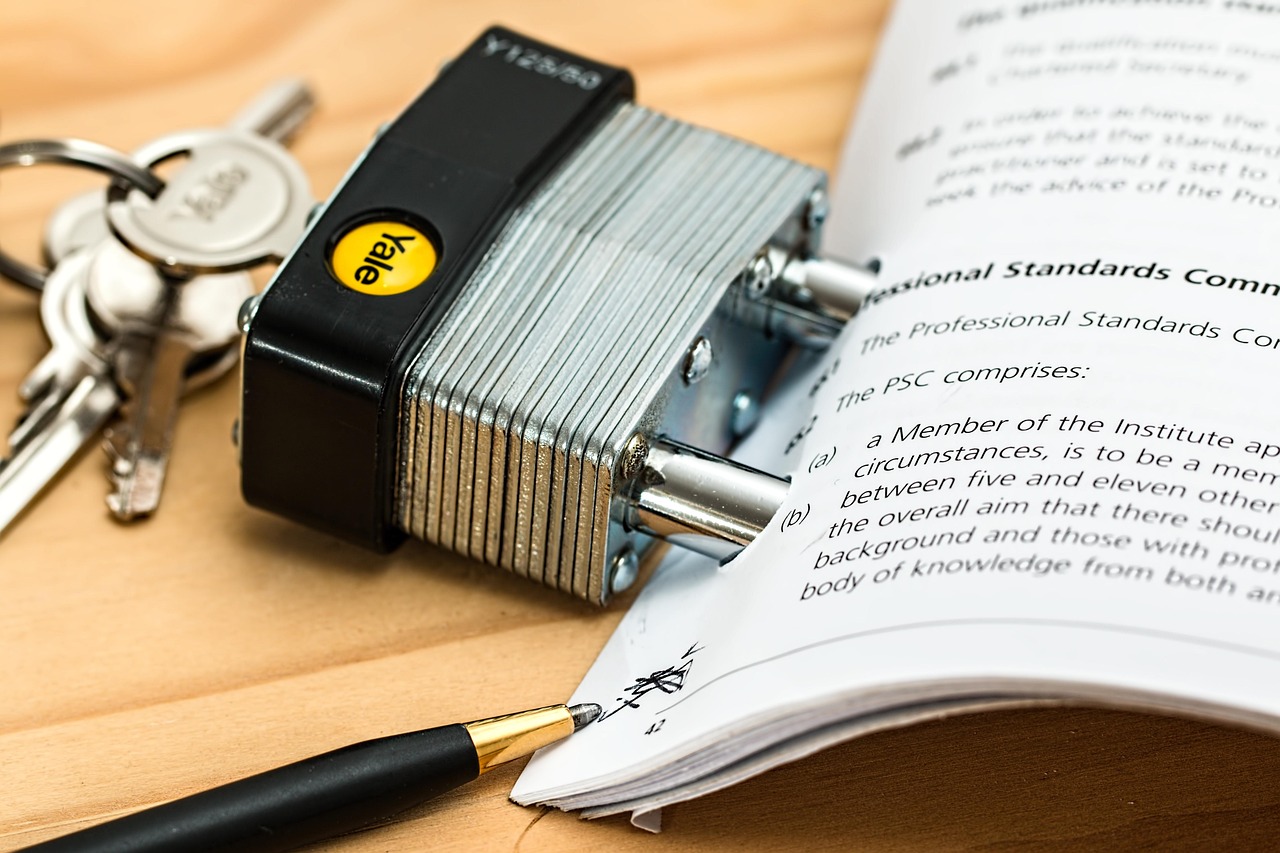FDA imports involve strict regulatory processes to ensure that foods, drugs, medical devices, and other products entering the U.S. meet safety and quality standards. Every product, whether for commercial use or personal consumption, must be declared to U.S. Customs and Border Protection, which coordinates with the FDA for review and clearance.
The FDA requires detailed information about imported products, including prior notices and establishment registrations, to prevent unsafe or unapproved goods from entering the market. This system helps protect public health by allowing FDA to monitor and control all imports effectively.
Understanding these import requirements is essential for businesses and individuals dealing with FDA-regulated products. The complexity of the process emphasizes the importance of compliance to avoid shipment delays or detentions.
FDA Import Process Overview
The FDA import process involves specific regulatory rules, detailed submission procedures, and careful documentation to ensure compliance. These elements work together to monitor the safety and quality of imported products before they reach U.S. markets.
Regulatory Requirements for Imports
The FDA regulates a variety of products including food, drugs, cosmetics, medical devices, and dietary supplements. Importers must comply with product-specific regulations determined by the FDA. Registration of the manufacturing establishment is mandatory, and failure to pay the registration fee results in shipment detention.
Products are subject to inspection and must adhere to labeling, safety, and quality standards set by the FDA. Importers must also submit a Prior Notice to the FDA before shipment arrival, providing details such as the product description, manufacturer, and importer information. Non-compliance can cause delays or refusal of entry.
Entry Submission and Review
Once a shipment arrives in the U.S., entry documents are submitted electronically through the FDA’s import system. This submission includes the Prior Notice and customs entry forms. The FDA reviews the entry to verify compliance with applicable laws and regulations.
The FDA’s automated systems screen shipments. If deficiencies or risks are detected, the shipment may be held for inspection or tested. Shipments found compliant are released for distribution, while non-compliant goods may face detention, refusal, or destruction.
Compliance Documentation
Importers must maintain records such as establishment registration confirmations, Prior Notice receipts, and product specifications. These documents should be accurate and readily available for FDA review.
Supporting documents like Certificates of Analysis, Certificates of Origin, and lab test reports may also be required. Proper documentation speeds clearance and demonstrates adherence to FDA requirements. Failure to provide necessary paperwork can cause delays or seizure of goods.
Challenges and Best Practices for FDA Imports
Importers must navigate detailed regulations and documentation requirements to comply with FDA standards. Understanding common pitfalls and proactive strategies helps prevent costly delays and refusals of shipments.
Common Import Issues
Many imports face delays due to incomplete or inaccurate paperwork. Labels that do not meet FDA requirements or products without proper premarket approvals often trigger inspections or refusals.
Non-compliance with manufacturing practice standards, especially for pharmaceuticals and biologics, is another frequent problem. Additionally, imports without clear origin documentation or missing registrations for food or drug facilities can face enforcement actions.
Products lacking valid certificates, such as those for pesticide residues or animal drugs, may also be rejected. Failure to conduct proper premarket research or failing to comply with applicable permits adds complexity and raises risk during import.
Avoiding Delays and Refusals
Importers should maintain thorough, up-to-date documentation, including facility registrations, product listings, and required permits. Verifying label compliance with FDA regulations before shipment reduces risk.
Pre-inspection audits and collaboration with customs brokers familiar with FDA requirements can expedite clearance. Using FDA’s Prior Notice system correctly and early improves transparency and tracking.
Staying current on regulatory changes—especially for pharmaceuticals and biotech imports—and aligning practices with international standards support smoother border processes. Regular staff training about FDA rules is essential to reduce errors and prevent shipment refusals.


